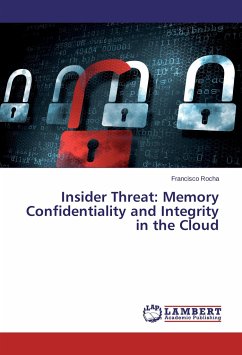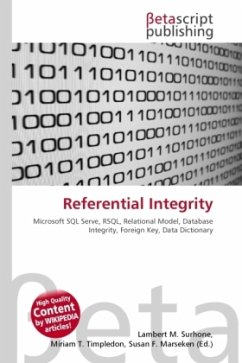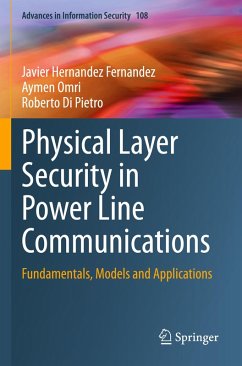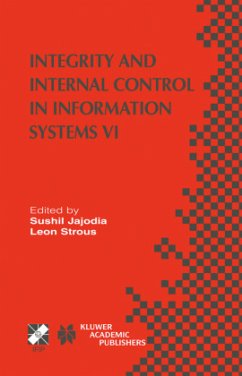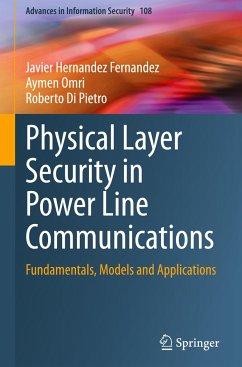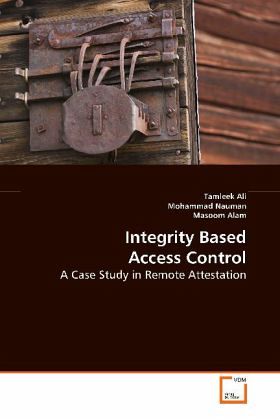
Integrity Based Access Control
A Case Study in Remote Attestation
Versandkostenfrei!
Versandfertig in 6-10 Tagen
32,99 €
inkl. MwSt.

PAYBACK Punkte
16 °P sammeln!
Security issues in a networked environment includethreats to either end-point and the conduit betweenthem. Issues related to enterprise servers andcommunication channels have been studied at length insubjects such as cryptography and system security.Client ends in any networked scenario have receivedlittle attentions in security studies. Hence, clientshave become the target of malicious activities on thelarger networks such as the Internet. TrustedComputing aims to address client side securityconcerns using hardware-based security. Remoteattestation is an essential characteristic of TrustedCom...
Security issues in a networked environment include
threats to either end-point and the conduit between
them. Issues related to enterprise servers and
communication channels have been studied at length in
subjects such as cryptography and system security.
Client ends in any networked scenario have received
little attentions in security studies. Hence, clients
have become the target of malicious activities on the
larger networks such as the Internet. Trusted
Computing aims to address client side security
concerns using hardware-based security. Remote
attestation is an essential characteristic of Trusted
Computing, which allows a client system to provide
assurance to a remote platform that its platform is
in a trustworthy state. However, remote attestation,
being a state-of-the-art technology, is difficult to
realize. In this book, we present a practical case
study in the form of a trusted web browser and a
trust-aware web server. We provide hands-on
information about setting up the client and server
environments, and modifications to an open source web
server and browser with the aim of letting the
average developer gain expertise in using remote
attestation in a practical scenario.
threats to either end-point and the conduit between
them. Issues related to enterprise servers and
communication channels have been studied at length in
subjects such as cryptography and system security.
Client ends in any networked scenario have received
little attentions in security studies. Hence, clients
have become the target of malicious activities on the
larger networks such as the Internet. Trusted
Computing aims to address client side security
concerns using hardware-based security. Remote
attestation is an essential characteristic of Trusted
Computing, which allows a client system to provide
assurance to a remote platform that its platform is
in a trustworthy state. However, remote attestation,
being a state-of-the-art technology, is difficult to
realize. In this book, we present a practical case
study in the form of a trusted web browser and a
trust-aware web server. We provide hands-on
information about setting up the client and server
environments, and modifications to an open source web
server and browser with the aim of letting the
average developer gain expertise in using remote
attestation in a practical scenario.








